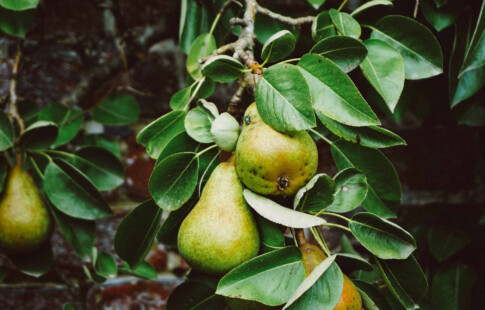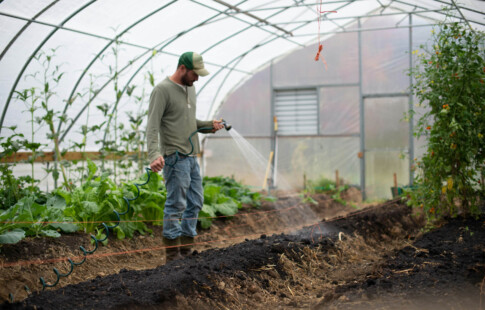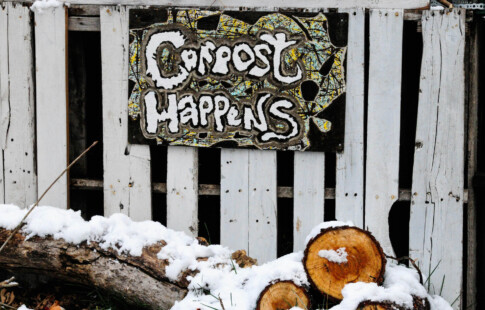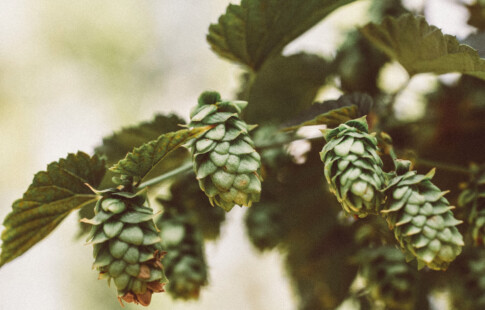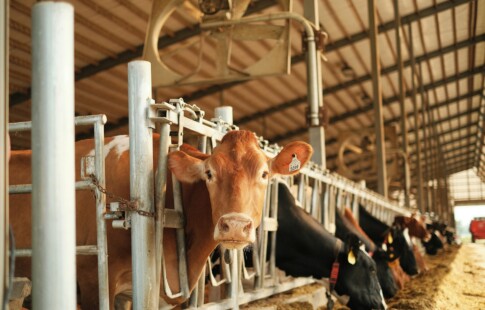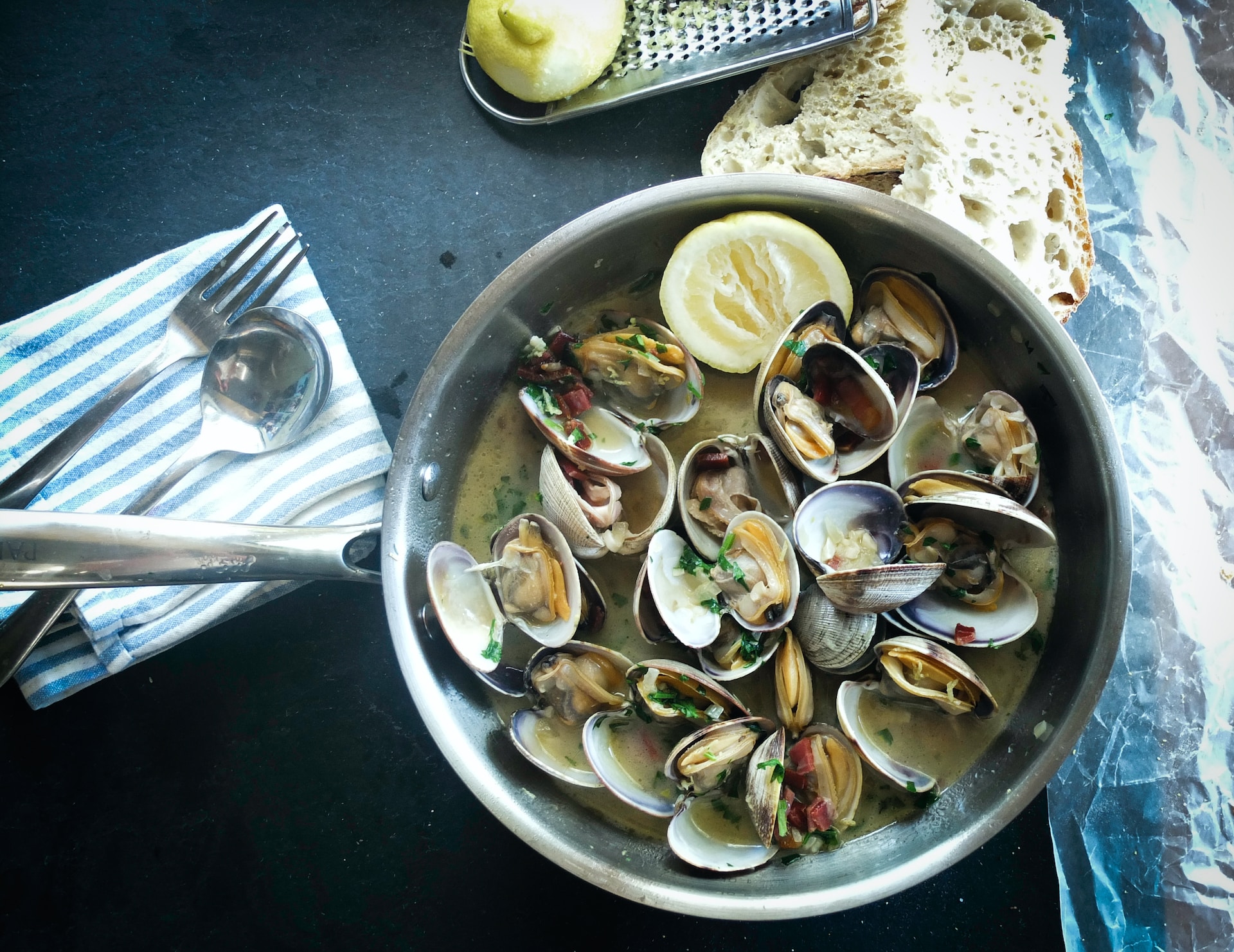
8 Ways to Eat More Sustainably Without Giving Up Meat
We are reader-supported. When you buy through links on our site, we may earn affiliate commission.
Producing meat on a large scale contributes significantly to climate change. It’s responsible for releasing greenhouse gases like methane, nitrous oxide, and carbon dioxide. Raising animals also involves clearing forests and taking up land that could be used to grow crops for human consumption. Thankfully, there are numerous ways to eat meat more sustainably.
1. Buy From Local Butchers
One way that meat — or any food — contributes to climate change is when producers have to transport it a long way to reach consumers. Most trucks, planes, and ships run on fossil fuels that emit greenhouse gases. Cut down on the fuel needed to ship meat by choosing local cuts from a butcher near you. It’s also a good way to support your local community.
2. Raise Your Own Meat
The ultimate way to reduce shipping emissions is to raise your own meat. Doing so also allows you to feed your animals sustainably, such as by allowing them to free range or rotationally graze on pasture.
You can raise chickens by letting them free range so they can eat grass and insects. Be sure to supplement their diet with food scraps that would otherwise go to waste. Additionally, you can start a compost bin to raise earthworms or black soldier fly larvae for your flock.
Aquaponics is another way to raise your own meat. It combines hydroponics — growing plants without soil — and aquaculture, the practice of farming fish. Tilapia are a species commonly used for aquaponics. When raised in the same container, the fish usually eat fish food and their waste fertilizes the plants. It’s a way of growing vegetables and meat in the same space with a lower carbon footprint.
Raising your own meat is most cost effective if you butcher and process the animals yourself.
3. Go Hunting
Unlike livestock, wildlife doesn’t require any extra resources in the form of grain, fences, indoor buildings, or developed land. Hunting can even help the environment by removing invasive or overpopulated animals from the ecosystem.
Get a hunting license and harvest your own deer, rabbits, turkey or other types of meat. Store the leftovers in a deep freezer to feed yourself and your family for months to come.
4. Eat More Poultry and Fish
When it comes to sustainability, beef is one of the worst choices. Swap it out for sustainably farmed chicken or fish for a more environmentally friendly diet. One survey found that if people simply replaced beef dishes with chicken, they could see a 54% reduction in their dietary greenhouse gas contributions.
Chickens are especially efficient at converting food into meat protein. That means that even accounting for their smaller size, they use up less land, fertilizer, and feed than cattle, lowering their carbon footprint.
Fish is another good form of protein that can help you eat more sustainably without giving up meat. Look at the Good Fish Guide and Seafood Watch ratings to determine if the fish you want to eat is sustainable. Conditions in fisheries and farming operations can change, making certain choices better or worse for the environment over time.
5. Eat More Shellfish
Farmed mussels, oysters, and clams are one of the most sustainable sources of animal protein. Shellfish eat algae and don’t require fresh water or fertilizer inputs.
They can also soak up excess nutrients — like nitrogen from wastewater and agricultural runoff — from the water. One study found that in tandem with seaweed farms, shellfish aquaculture operations removed 575 pounds of nitrogen per acre. In essence, farmed bivalves have a positive effect on the environment.
Aquaculture cages can also serve as valuable habitats for ocean fishes, providing shelter and a place to rear young. They often increase both the diversity and abundance of nearby fish species.
Shellfish are also a healthy source of protein, zinc, copper, and iron. Mussels and clams are one of the cheapest sources of shellfish available.
Be sure to look for farmed shellfish rather than wild-caught species. Catching them in the wild often uses methods like dredging, which uses a lot of energy and can devastate local ecosystems.
6. Eat Less Meat Overall
Meat accounts for almost 60% of greenhouse gases from food production. One of the easiest ways to eat more sustainably without giving up meat is to simply eat less meat. If you normally eat meat every day, start having it just a few times a week.
Buy or prepare some delicious vegetarian alternatives to replace your usual entrees. If you love the hearty, savory taste of meat, try dishes like eggplant parmesan, cheesy omelets, vegetarian lasagna, or stuffed mushrooms to satisfy your craving. Save meat substitutes as a once-in-a-while treat, since these are highly processed foods despite being much better for the environment than meat.
Worried about not getting enough protein? Thankfully, many vegetables — including lentils, beans, chia seeds and edamame — are protein powerhouses.
7. Dine on Invasive Species
Fancy some wild hog pork sausage? How about fried armored catfish, grilled lionfish, or garden snail escargot? Feel free to eat invasive species without any guilt whatsoever — in fact, you can feel good about eating meat from any animal wreaking havoc on the environment. Many governments allow or even incentivize people to eat invasive species to their heart’s content.
8. Reduce Your Food Waste
If you do buy meat, make sure none of it goes to waste. Cutting down on food waste is one of the best ways to eat more sustainably. Rather than starting out with a huge cut of meat, serve smaller portions and get seconds if you want more. Store leftovers in the fridge or freezer as soon as you’re done eating.
Your Diet Makes a Difference
You may be only one person, but if every individual started making more sustainable choices, the collective result would be enormous. Reducing your meat intake and eating less beef is a great way to lower your carbon footprint. If you want to take things a step further, learning to hunt — especially invasive species — can make a positive impact on the environment.
Share on
Like what you read? Join other Environment.co readers!
Get the latest updates on our planet by subscribing to the Environment.co newsletter!
About the author
Jane Marsh
Starting from an early age, Jane Marsh loved all animals and became a budding environmentalist. Now, Jane works as the Editor-in-Chief of Environment.co where she covers topics related to climate policy, renewable energy, the food industry, and more.

